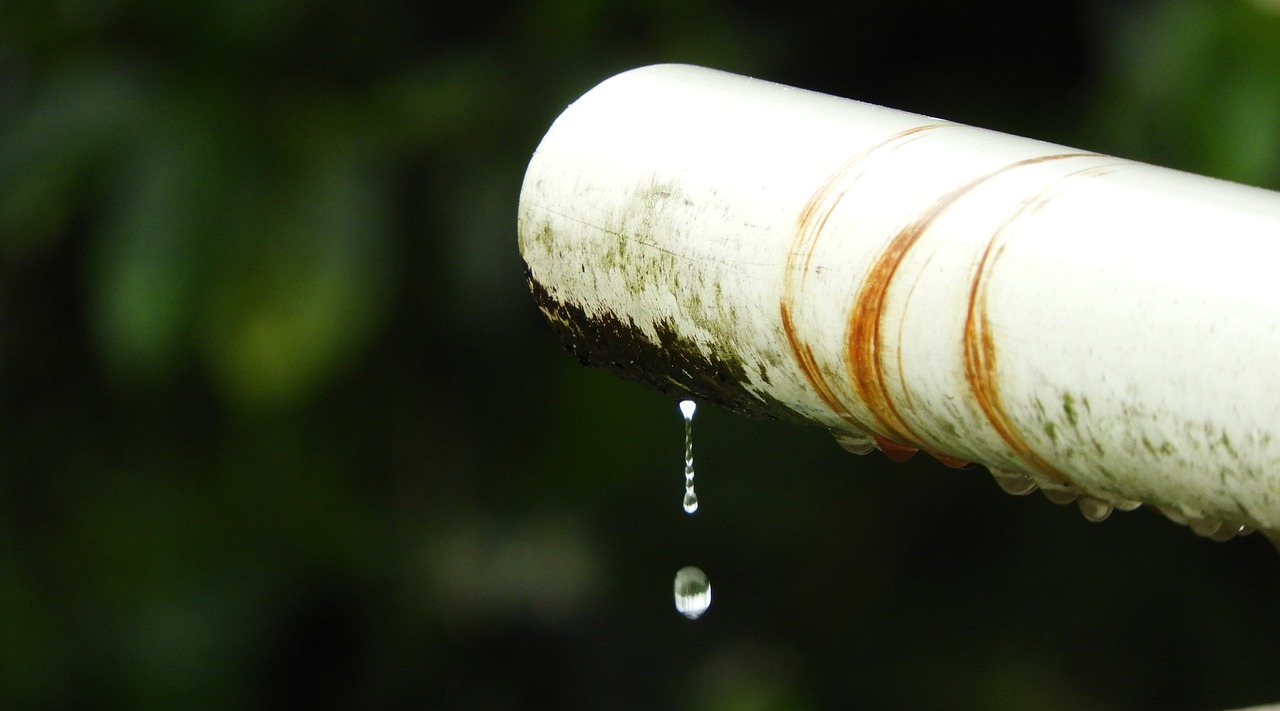Water leaks can lead to major issues in homes, which can be expensive to fix. In Japan, if you’re a homeowner, you might be able to file an insurance claim to help with repairs due to water leaks. This guide outlines the steps to successfully claim insurance for water leak repairs in Japan, explaining the different types of coverage, how to file a claim, and offering valuable tips for a smooth claims process.
Knowing Your Insurance Policy
The first step in filing a claim is understanding your insurance coverage. In Japan, there are typically two main policies that might cover water damage:
- Homeowners Insurance: This type of insurance usually protects against damages caused by sudden accidents such as broken pipes or overflowing sinks. However, what exactly is covered can differ between companies and specific plans.
- Flood Insurance: If you’re living in an area at risk of flooding, you may need additional flood insurance. Standard homeowners policies often don’t cover damage from natural flooding events, so having this separate coverage can be important.
How to File a Claim for Water Leak Repairs
When it’s time to file your insurance claim for water-related repairs, there are several key steps to follow. Here’s a straightforward outline of the process:
1. Capture the Damage
When you first notice a leak, it’s important to take thorough notes and photos of the damage. Document the following:
- Stains on walls or ceilings
- Damage to floors or carpets
- Any belongings that may have been affected
This documentation is essential because it will back up your insurance claim.
2. Take Action to Prevent Further Damage
After you document the damage, immediately try to limit any additional issues. Some steps to consider are:
- Stopping the water supply
- Using towels or buckets to catch the water
- Calling a plumber to fix the leak source
Insurance often requires you to take steps to reduce damage, and neglecting this might hurt your claim.
3. Understand Your Policy
Take the time to read your insurance policy carefully. Look for sections about “water damage,” “leaks,” and any possible exclusions. Knowing what’s covered can prepare you better for the next steps in the claims process.
4. Get in Touch with Your Insurer
Reach out to your insurance provider as soon as you can to notify them of the situation. Most companies have a hotline available any hour of the day. While making the call, be ready to provide:
- Your insurance policy number
- An explanation of what happened and the extent of the damage
- Information about what you did to reduce further damage
Your insurer will then walk you through their claims procedure.
5. Fill Out the Required Forms
Your insurer will likely ask you to complete specific claim forms that outline the damage and incident. Be sure to be clear and include crucial details like:
- The date and time when the leak happened
- A detailed account of how the leak occurred
- The overall extent of the damages
6. Provide Supporting Materials
In addition to submitting the claim forms, you’ll need to include supporting documents like:
- Pictures of the damage
- Receipts for any emergency repairs you may have made
- Quotes or bills from contractors for the repairs to be completed
It’s essential to keep copies of all the documents you send.
7. Prepare for an Inspection
After your claim has been submitted, your insurance company may dispatch an adjuster to evaluate the damage. During this inspection, they will determine the compensation you can expect based on your policy definitions.
Have all relevant documents on hand and make sure you can present them easily.
Suggestions for a Successful Claim
If you want to boost your chances of a smooth claim process for water leak damages, keep these tips in mind:
- Act Quickly: Notify your insurer about the leak and file your claim as soon as you can.
- Maintain Records: Keep detailed notes of all interactions with your insurance company, including dates, times, and names of the people you’ve spoken with.
- Follow Up: If you don’t hear anything within a reasonable amount of time after submitting your claim, it’s a good idea to reach out for updates.
- Ask for Help: If you find yourself confused about any step in the claims process, consider talking to an insurance worker or claims adjuster for more clarity.
Water Damage Exemptions to Keep in Mind
It is important to remember that not all forms of water damage will be eligible for coverage under standard policies. Common exclusions often include:
- Progressive Damage: Damage that happens gradually due to a lack of upkeep typically won’t be covered by insurance.
- Sewage Breakthrough: Many plans do not cover damages that come from sewage issues unless stated in the policy.
- Flooding from Natural Events: Average homeowners insurance plans typically exclude damage from natural floods unless there’s a separate flood policy in place.
Summary
Dealing with insurance claims for water leaks in Japan can be tricky but won’t be if you take the time to know your coverage and follow the right steps. By methodically recording the damage, acting quickly, and communicating well with your insurer, you will increase your chances of getting compensated for necessary repairs.
For more information on handling insurance claims or acquiring reliable help for repairs following a water leak, you could visit 漏水修理. Taking these proactive measures can mean you’re far better equipped if disaster strikes in your home.
